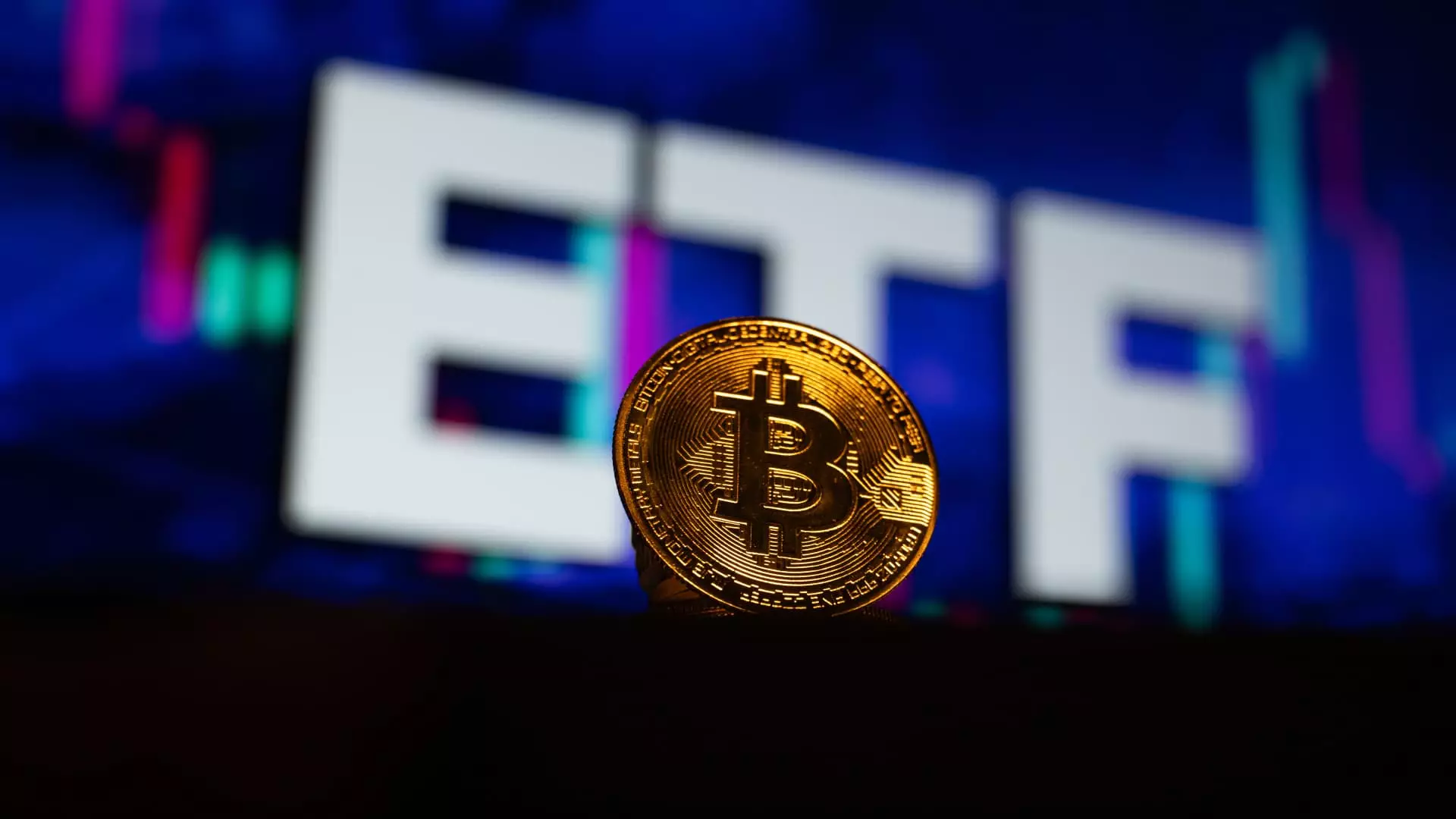The landscape of cryptocurrency investments is continuously evolving, and as 2025 approaches, the focus has shifted toward crypto exchange-traded funds (ETFs). The previous year saw the triumphant introduction of Bitcoin ETFs, which were hailed as one of the most remarkable launches in the ETF marketplace, attracting an astounding $36 billion in assets in their inaugural year. However, the question arises: will the forthcoming crypto ETFs achieve similar levels of success or will they struggle to capture investor interest?
The launch of Bitcoin ETFs, particularly BlackRock’s iShares Bitcoin Trust, marked a watershed moment for cryptocurrencies, enhancing institutional adoption and doubling the overall cryptocurrency market value. Investors, who were once skeptical, began recognizing the legitimacy of digital assets and seeking structured investment vehicles that Bitcoin ETFs provided. The unprecedented influx of capital signaled not only a booming interest in Bitcoin but also a broader acceptance of the crypto ecosystem amidst traditional finance.
Yet, the celebratory tone regarding Bitcoin ETFs should give way to cautious optimism as new applications for varied crypto ETFs emerge. Aspirations to replicate last year’s success are palpable; however, experts caution that the upcoming offerings, including those linked to Solana, XRP, and Litecoin, might not generate comparable enthusiasm.
JPMorgan analysts have predicted a notable decrease in demand for newer cryptocurrency ETFs despite their approval. For instance, assets tied to Bitcoin post-launch made up 6% of its total market capital, while Ether ETFs, operating with less publicity, acquired just 3%. Analyzing potential adoption patterns for upcoming cryptocurrencies, projections reveal limited asset attraction—$3 billion to $6 billion for Solana and an estimated $4 billion to $8 billion for XRP. This discrepancy raises critical questions regarding investor appetite for an expansive range of digital currencies beyond Bitcoin.
Moreover, one cannot overlook the regulatory climate influencing these developments. Following anticipated changes in the U.S. government and the SEC, there’s a glimmer of hope that the environment may foster further crypto innovation. However, without robust legislative support, scaling the introduction and adoption of new products poses a significant challenge. Analysts underscore that the “guardrails” set by regulators would determine the trajectory of crypto ETFs.
One of the persisting enigmas in the crypto market relates to investor education. As Tyron Ross, founder of 401 Financial, suggests, healthy demand for Bitcoin ETFs could stem from improved comprehension of digital assets. The lack of representation of cryptocurrencies in mainstream investment portfolios limits broader adoption. Many financial advisors rely on conventional models that overlook crypto exposure. Until there is a paradigm shift toward incorporating digital assets into prevalent financial strategies, significant market growth may prove elusive.
Furthermore, the behavior of traditional investment strategies creates a bottleneck effect. Just as institutional investors are beginning to broach the idea of incorporating cryptocurrencies into their strategies, the lack of existing frameworks hinders immediate proliferation.
As the new year unfolds, stakeholders within the cryptocurrency market must navigate the delicate balance between optimism and realism regarding crypto ETFs. While innovations will certainly emerge, historical data suggests that the initial enthusiasm may not replicate itself, leaving open the possibility for a cooling off period. Experts express that the infusion of fresh regulatory clarity may pave the way for growth, but it will take time to observe tangible changes.
The future of crypto ETFs rests heavily on various interrelated factors, including regulatory developments, investor education, and trust in digital assets. As new products enter the market, maintaining realistic expectations sans the enormity seen in Bitcoin’s debut year will be crucial for both investors and industry players. The narrative is poised for significant shifts, but how these dynamics will play out remains largely speculative as the landscape unfolds.

